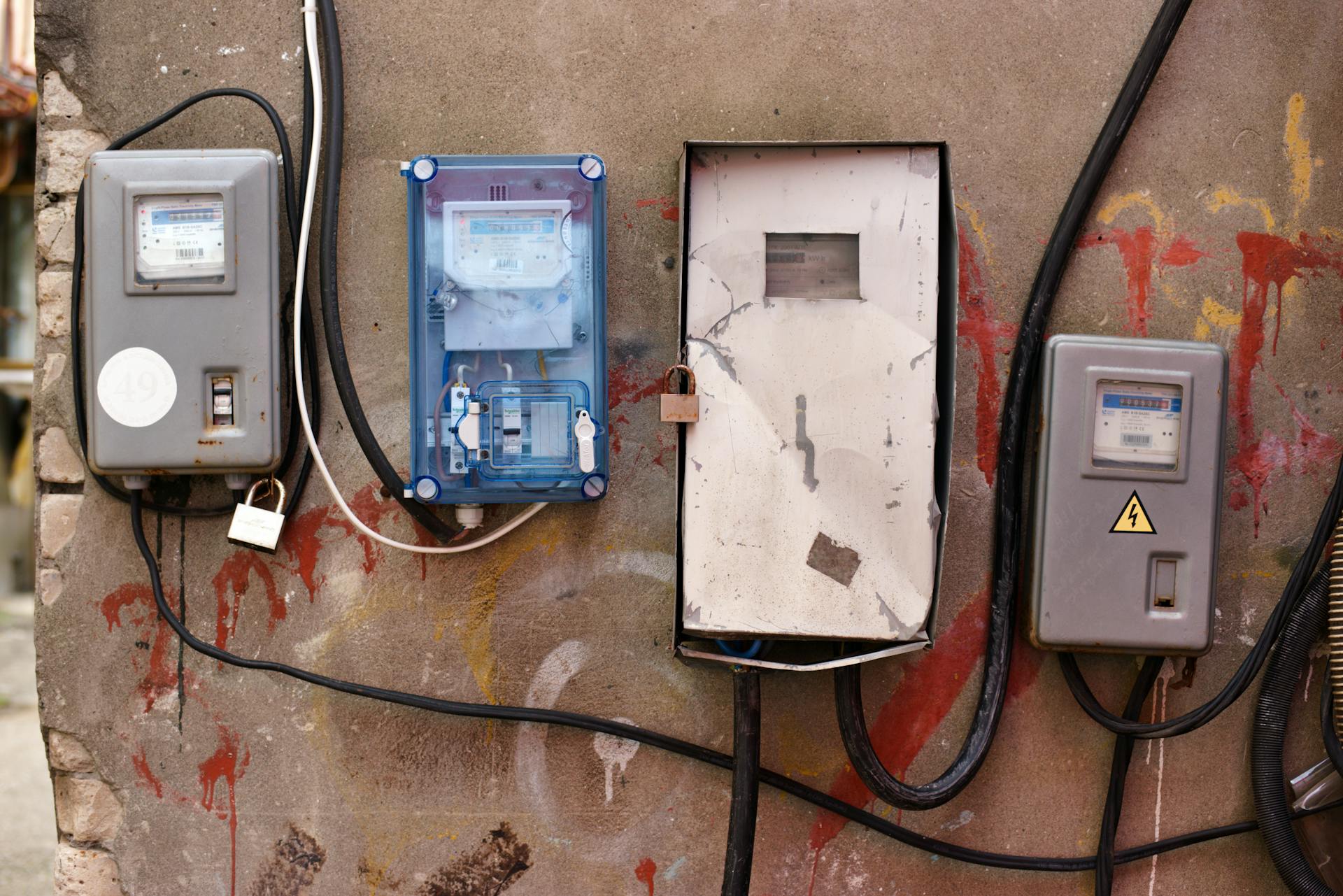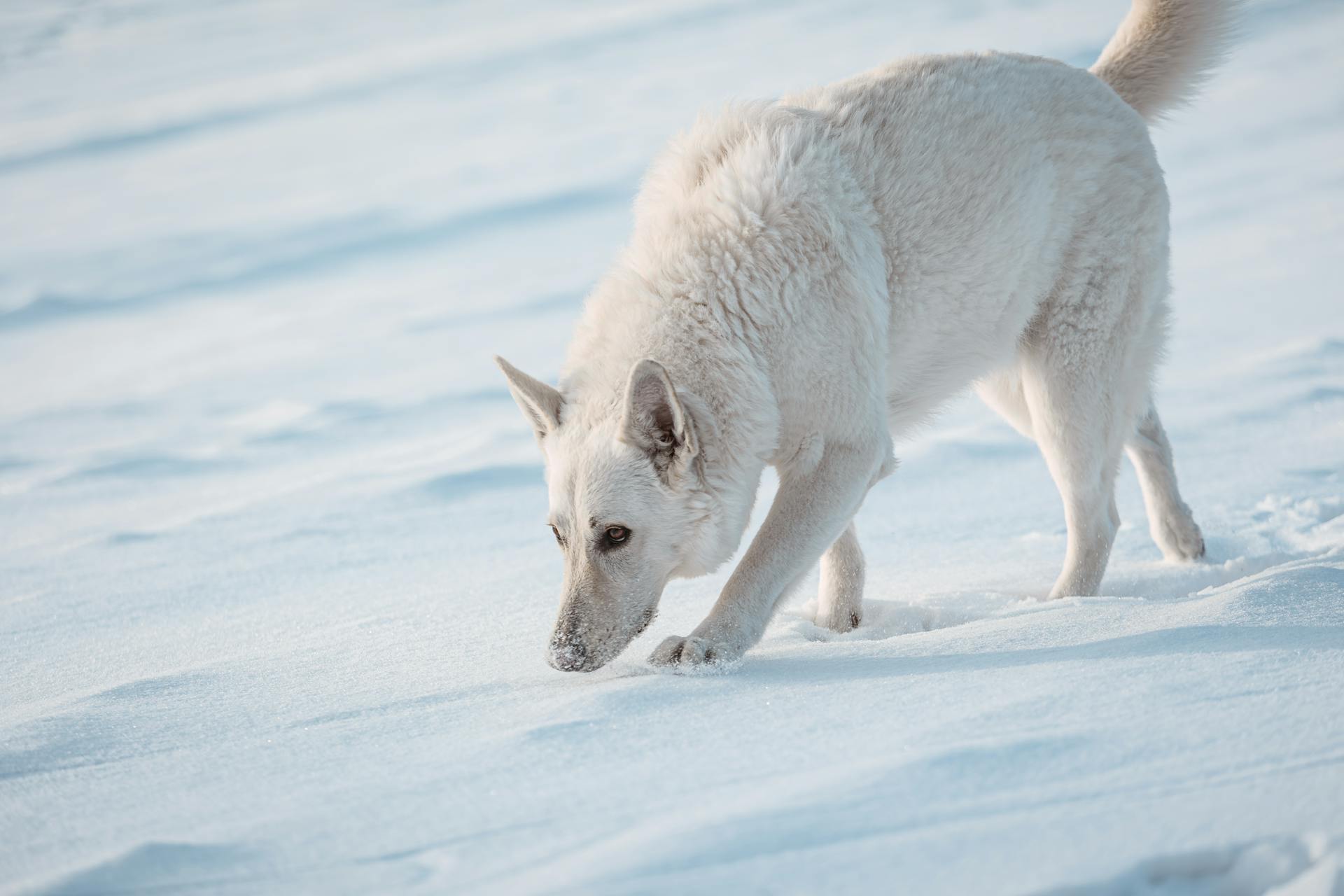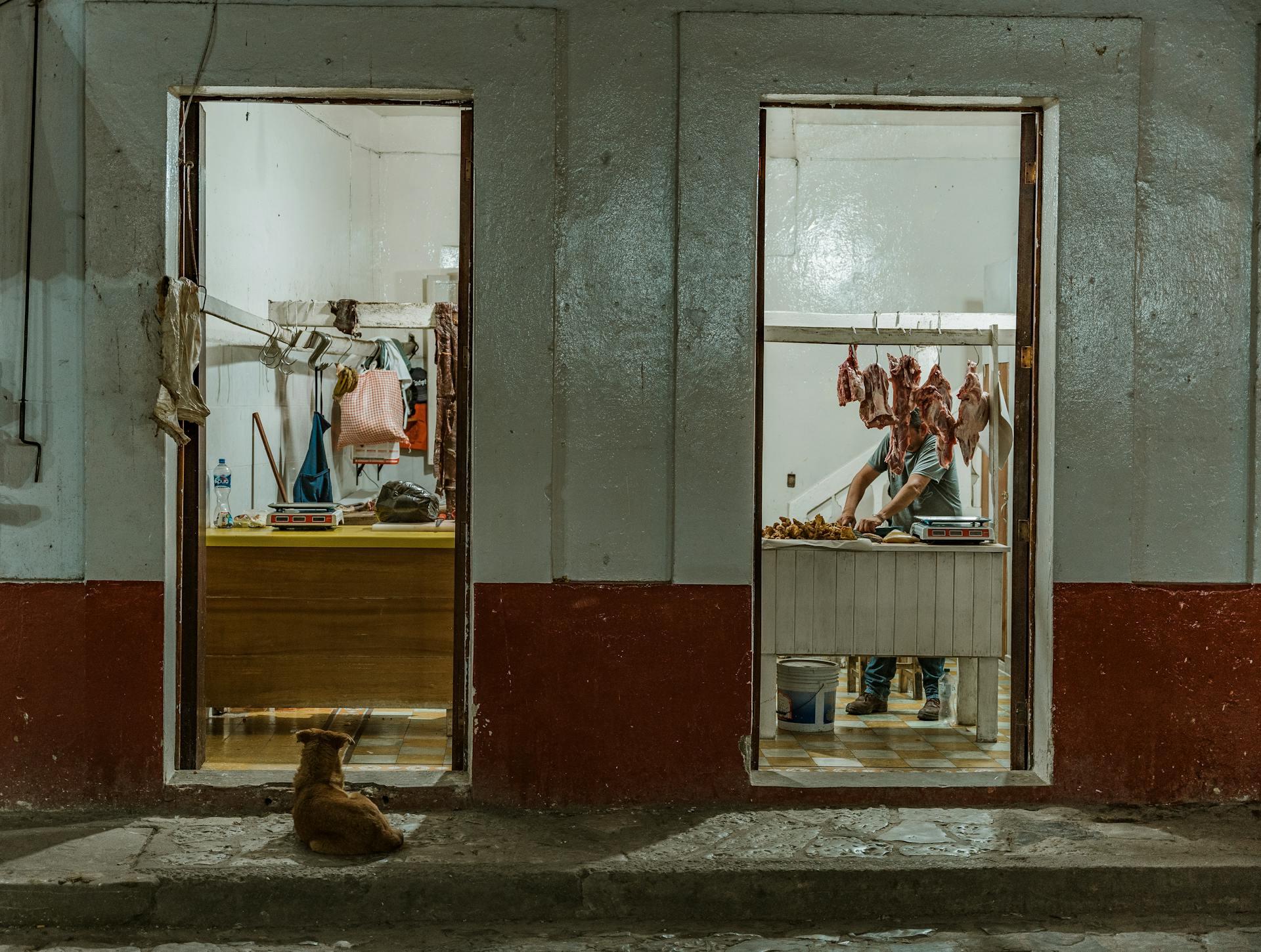
After a dog has been neutered, they will need to wear a cone to prevent them from licking their incision. The cone will also help to keep the area clean and protected. The length of time that a dog will need to wear a cone will vary depending on the individual dog and the type of surgery that they had. In general, most dogs will need to wear a cone for two to four weeks. Some dogs may need to wear the cone for a longer period of time if they are particularly active or if they have a history of licking their incisions. If you are unsure about how long your dog should wear a cone, you should consult with your veterinarian.
You might like: How Long How Long Will I Slide?
How long should a dog wear a cone after being neutered?
There is no definitive answer to this question as it will depend on the individual dog and their healing process. Some dogs may only need to wear a cone for a few days, while others may need to wear one for several weeks. The most important thing is to make sure that the cone is secure and does not come off, as this could impede the healing process. Consult with your veterinarian for specific guidance on how long your dog should wear a cone.
Is it necessary for a dog to wear a cone after being neutered?
As a pet owner, you want what is best for your dog. This includes Spaying or Neutering your dog to help control the pet population, but you may be wondering if it is necessary for your dog to wear a cone after being neutered. The short answer is yes, it is necessary for your dog to wear a cone after being neutered in order to prevent them from licking their incision.
When a dog is spayed or neutered, they are put under anesthesia and their reproductive organs are removed. The surgery is typically quick and relatively painless, but it is still surgery nonetheless. Because of this, your dog will have an incision that needs to heal. In order to prevent your dog from licking or scratching at their incision, they will need to wear a cone.
The cone, also called an Elizabethan collar, is a plastic or fabric collar that surrounds your dog's head and prevents them from being able to reach their incision. The cone can be uncomfortable for your dog at first, but it is important to leave it on for at least two weeks or as long as your veterinarian recommends.
Some pet owners are hesitant to put their dog in a cone because they think it will be too difficult for their pet. While it is true that your dog may be miserable for a few days, it is important to remember that the cone is only temporary and it is for their own good. Once the incision has healed, your dog will be able to return to their normal life without the cone.
How long will a dog need to recover after being neutered?
The answer to this question depends on a number of factors, including the dog's age, health, and breed.
Generally, younger dogs recover more quickly from surgery than older ones. Most dogs are back to their normal activity levels within a week or two. Some may take a little longer, especially if they are large breed dogs.
health is also a factor. Dogs that are in good health prior to surgery tend to recover more quickly than those that are not. Breeds that are prone to complications from surgery, such as Bulldogs and Boston Terriers, may take a bit longer to recover fully.
Finally, the type of surgery performed will also affect the recovery time. Dogs that have a traditional "open" surgery (where the abdomen is fully incised) usually take longer to recover than those that have a laparoscopic surgery (where only a few small incisions are made).
Overall, most dogs that are neutered recover quickly and without any major problems. Your veterinarian will be able to give you a more specific estimate of how long your dog will need to recover based on the individual factors involved.
How long will a dog need to be on pain medication after being neutered?
Once your dog is neutered, he will no longer have testicles. The testicles are removed through an incision in the scrotum. In most cases, your dog will need to stay overnight at the vet after the surgery.
The pain medication will help your dog to recover from the surgery and to feel comfortable. The type of pain medication will depend on your dog's size, age, and health. Your vet will discuss this with you before the surgery.
In most cases, your dog will need to take pain medication for 3-5 days after the surgery. The length of time will depend on your dog's individual case. Your vet will give you specific instructions on when to stop the pain medication.
It is important to follow your vet's instructions on giving your dog the pain medication. Do not give your dog more or less medication than what your vet has prescribed. Doing so could put your dog at risk for complications.
Your dog may act differently while he is taking pain medication. He may be more tired than usual or seem more sensitive to touch. These are all normal side effects of the medication and should resolve as your dog's pain decreases.
If you have any questions or concerns about your dog's pain medication, please do not hesitate to contact your vet.
Explore further: What to Do with Your Dog's Ashes?
How much will it cost to have a dog neutered?
The cost of neutering a dog can vary depending on a number of factors, including the size of the dog, the veterinarian performing the procedure, and the geographical location. However, the average cost of neutering a dog is between $60 and $120.
The cost of neutering a male dog is typically less expensive than the cost of neutering a female dog. This is because the procedure for neutering a male dog is generally less complex and less time-consuming than the procedure for neutering a female dog. In addition, male dogs tend to recover from the procedure more quickly than female dogs.
The size of the dog also plays a role in the cost of the procedure. Smaller dogs generally require less anesthesia and have a quicker recovery time than larger dogs. As a result, the cost of neutering a small dog is usually less than the cost of neutering a large dog.
The veterinarian performing the procedure also affects the cost. More experienced veterinarians typically charge more for their services than less experienced veterinarians. In addition, veterinarians who work in private practices typically charge more than those who work in animal shelters or other public facilities.
Finally, the geographical location also affects the cost of neutering a dog. Veterinarians in rural areas typically charge less than those in urban areas. This is because the cost of living is generally lower in rural areas than in urban areas. As a result, veterinarians in rural areas can afford to charge less for their services.
Is it safe for a dog to be neutered?
Many dog owners wonder if it is safe to neuter their dogs. While there are many benefits to neutering dogs, there are also some risks that should be considered. Overall, neutering is a very safe procedure for dogs and the benefits usually outweigh the risks.
The most common reason to neuter a dog is to prevent unwanted breeding. Neutering eliminates the dog's ability to reproduce and therefore eliminates the possibility of unwanted litters. This is especially important for male dogs, as they are much more likely to roam and mate with multiple females if they are not neutered.
Another common reason to neuter dogs is to reduce problem behaviors. Male dogs that are not neutered are more likely to mark their territory with urine, and they may also be more aggressive. Neutering can help to reduce or eliminate these behaviors in most dogs.
There are also some health benefits to neutering dogs. Neutering male dogs can help to prevent testicular cancer, and it can also help to reduce the risk of prostate problems later in life. For female dogs, neutering can help to prevent mammary cancer. In both sexes, neutering can help to reduce the risk of certain types of hernias.
Of course, there are also some risks associated with neutering dogs. The most common complication is pain at the incision site. This pain is usually mild and can be controlled with pain medication. There is also a small risk of infection at the incision site.
There is also a small risk that the dog will bleed excessively, or that the blood vessels in the area will be damaged. This is why it is important to choose a reputable vet who has experience performing the procedure.
Overall, neutering is a very safe procedure for dogs. The benefits usually outweigh the risks, and the vast majority of dogs recover quickly and without any complications.
What are the risks of a dog being neutered?
Canine castration, otherwise known as neutering, is a surgical procedure performed by veterinarians to remove a dog's testicles. This renders the male dog unable to reproduce. The surgery is fairly common and is generally considered safe. However, as with any surgery, there are certain risks associated with neutering a dog.
One of the most common risks of neutering a dog is post-operative infections. These infections can occur at the incision site or anywhere else in the body. They can be treated with antibiotics, but if left untreated, they can cause serious health problems.
Another risk of neutering a dog is that he may experience a condition known as testicular torsion. This is a condition in which the testicles twist, cutting off the blood supply. If not treated immediately, testicular torsion can lead to the death of the testicles.
There is also a risk that a dog may develop anemia after being neutered. Anemia is a condition in which the body does not have enough red blood cells. This can be caused by blood loss during the surgery or by the body's inability to produce new red blood cells. Anemia can cause weakness, fatigue, and other health problems.
Finally, there is a small risk that a dog may experience complications from the anesthesia used during the surgery. These complications can range from minor to life-threatening.
Overall, the risks of neutering a dog are relatively low. However, as with any surgery, there are certain risks that should be considered before undergoing the procedure.
A unique perspective: Cataract Surgery
What are the benefits of a dog being neutered?
There are many benefits to neutering your dog. Neutering your dog can help to reduce the number of unwanted puppies born each year, and can also help to reduce the number of dogs that end up in shelters. In addition, neutering your dog can help to reduce aggression and roaming behaviors. Finally, neutering your dog can help to reduce the risk of certain cancers.
Frequently Asked Questions
How long should a dog wear a cone after being spayed?
Most experts recommend that you keep a dog's cone on for at least 10-14 days after surgery. This is because most of the sutures and staples are left in for 10-14 days. By day 5, the cone can be taken off for short periods under your direct supervision. However, it’s best to leave it on around the clock.
Why does my dog have to wear a cone after neutering?
There is no definitive answer as to why a dog must wear a cone after neutering, but it is thought that the surgery may create an inflammatory response in the area and that wearing a cone will help to reduce the swelling. In some cases, mild infections may also develop and antibiotics may be prescribed. Ultimately, it is best to consult with your vet before undergoing any type of surgery – including neutering – so that he or she can provide you with specific instructions.
When can I remove my dog’s cone after stitches?
Typically, stitches should be removed 10-14 days after the surgery. Patience is key when it comes to taking care of your new dog – they will go through a post Operative and Healing phase where they may not seem their normal happy self. However, as long as you are providing plenty of affection and good food (no raw meat for at least two weeks), your dog should make a speedy recovery and be back to their old self in no time!
How long does it take for a dog's neuter incision to heal?
The average time for a dog's neuter incision to heal is 10-14 days.
Why does my dog have to wear a cone after being spayed?
The cone will help to prevent your dog from scratching, licking, or chewing the wound region or the incision site.
Sources
- https://www.wikihow.com/Care-for-a-Dog-After-Spaying
- https://www.pdsa.org.uk/pet-help-and-advice/pet-health-hub/other-veterinary-advice/dog-neutering-a-guide-to-castration-and-spaying
- https://www.petcare.com.au/desexing-dogs/
- https://www.petmd.com/cat/general-health/cat-neutering-aftercare-everything-you-need-know
- https://www.wikihow.com/Neuter-a-Dog
- https://vethelpdirect.com/vetblog/2013/02/08/dog-castration/
- https://www.suitical.com/products/recovery-suit-cat/
- https://www.petmd.com/cat/cat-surgery-aftercare-faqs
- https://toegrips.com/torn-acl-in-dogs-diagnosis-recovery/
- https://topdogtips.com/cataracts-in-dogs/
- https://www.petside.com/best-dog-cones/
- https://www.vets4pets.com/pet-health-advice/cat-advice/neutering-your-cat/
- https://toegrips.com/senior-dog-anesthesia/
- https://www.blinddogsupport.com/what-to-expect-when-your-dog-has-eye-removal-surgery-enucleation-surgery/
- https://www.patriciamcconnell.com/theotherendoftheleash/when-is-it-time-to-put-down-a-dog-who-is-aggressive-to-people
Featured Images: pexels.com


